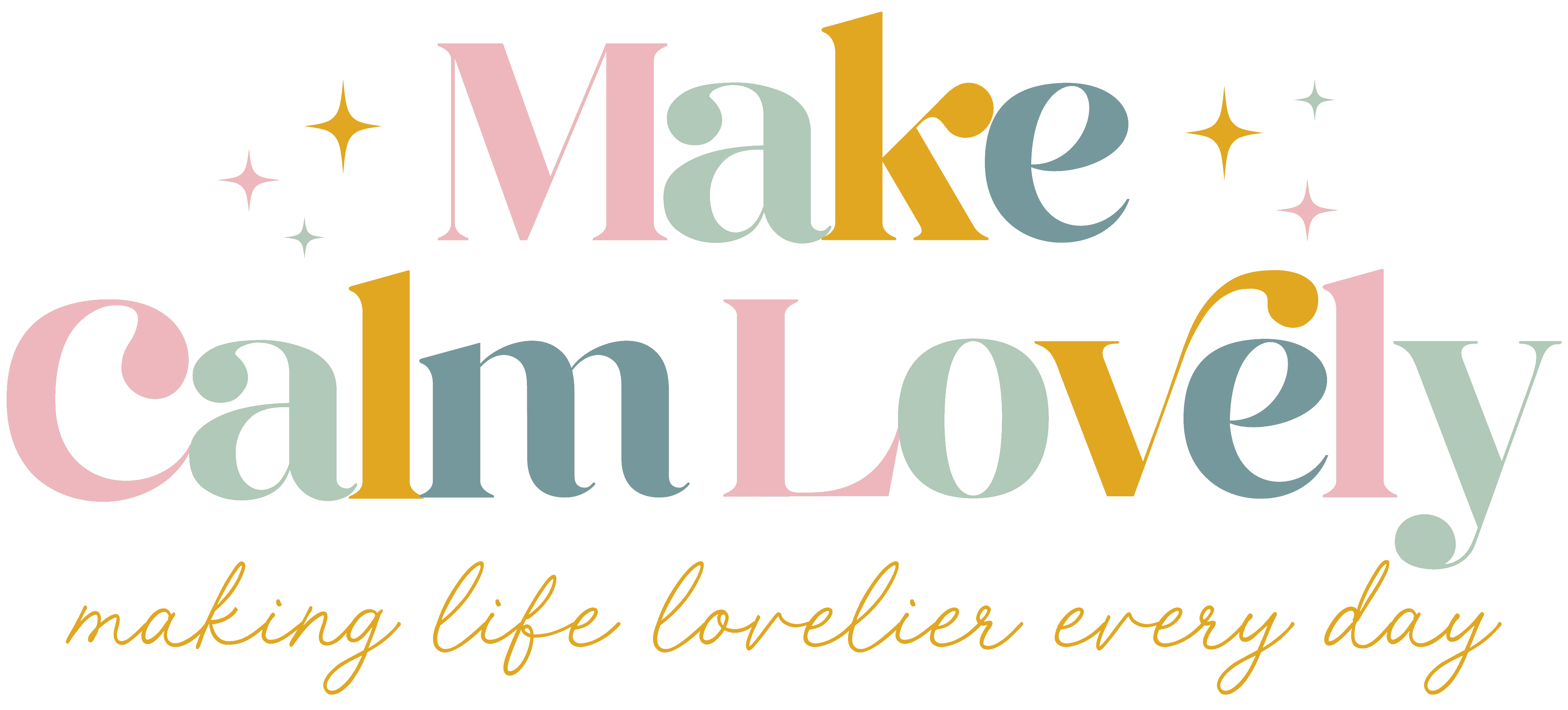The Secret Lives of Color: Book Review
If you are intrigued by different colors, color variations, the history of certain colors, and the history of scientific discoveries, you will absolutely love this book.
The Secret Lives of Color is a beautiful book by Kassia St. Clair that dips into the history and stories behind many of the colors we use today, as well as historical colors that are no more (and you will learn why they are no more).
This post contains affiliate links. This means that if you purchase something directly through one of the links in this post, I will receive a small commission, at no additional cost to you. You can view my full disclosures here.
This lovely book is a book that is meant to be dipped into constantly and enjoyed. It makes the perfect book to relax with on a weekend or anytime you have a few minutes to spare.
You can read a little at a time, one color definition at a time. Or if you are hooked on this book, as I was, you can read it from cover to cover in an afternoon.
You will always come back to this book, time and time again, to discover something else, some snippet of information, that you missed all those other times that you read through it.
The Secret Lives of Color is broken down into color family groupings. Within each family grouping the author has carefully picked out individual shades that have particularly fascinating, important, or even disturbing histories.
There are 75 colors, whose history is told in fascinating and interesting detail. The colors range from whites, yellows, oranges, reds, pinks, purples, blues, greens, browns and blacks.
Some of these colors are artists colors, some are dyes, some are hues, and some were mere discoveries completely by accident.
If you have ever wondered why a certain color is called by a particular name, wondering at why such a strange name for a color, or wondering how old a color is, when it was first discovered or used, you are going to while away many hours intrigued by the information contained in the pages of this book.
Under the family grouping of red, for instance, we learn that the color Vermilion comes from the mineral cinnabar. Cinnabar is a wine red stone that was finely ground into the most vivid red pigment.
Cinnabar was adored and used by the Romans to make a red paint, and has been discovered especially in the ruins of Pompeii, where it was used to paint elaborate expressive murals detailing both everyday and fantasy life in Pompeii.
The Roman Pliny wrote about vermilion as being used during religious holidays, being smeared on the faces of statues of Jupiter, and smeared on the bodies of worshippers. But Vermilion was a scarce product, brought in under guard from Spain.
Under the family grouping of purple, we learn all about the color Mauve. Mauve is a lighter purple color that everyone is now familiar with, but it was discovered quite by accident.
With malaria being rife in Europe in the 18th and 19th centuries, the only known treatment was Quinine. But Quinine was expensive (being extracted from the bark of a particular South American tree).
Quinine cost a fortune. Therefore there were huge financial incentives for anyone able to synthesize quinine.
A young 18 year old scientist, William Perkin, holed himself up in a makeshift laboratory in his father’s east London attic, trying to synthesize quinine from coal tar.
He never did manage to produce that desired quinine, but he did produce a bright purple liquid. Dipping a piece of silk into a beaker of the stuff, Perkins realized that it was actually a rather beautiful purple dye.
Realizing what he had discovered, Perkins eventually settled on the name Mauve, which was the French word for the mallow plant, mauve, which has blooms similar in color to what had been discovered.
You don’t have to just adore color to be fascinated by this book. If you are an artist or designer you will of course be naturally drawn to this book.
But if you love history you will also love this book for its historical information and anecdotes. If you love science you will find this book fascinating and illuminating. There is something in this book for everyone, and for every interest.
This book needs to be, and deserves to be, read as a printed book. It is a book that should be justifiably left out on your table, coffee table, desk, or bedside table, to be constantly dipped into.
It is a book that your guests will love to peruse, one small piece at a time. Above all else, this lovely book is a book that you will always return to and that you will cherish.
The Secret Lives of Color by Kassia St. Clair is available directly from Amazon, or from any good book seller.
Related: How to use a Color Wheel
If you are intrigued by different colors, color variations, the history of certain colors, and the history of scientific discoveries, you will absolutely love this book.


